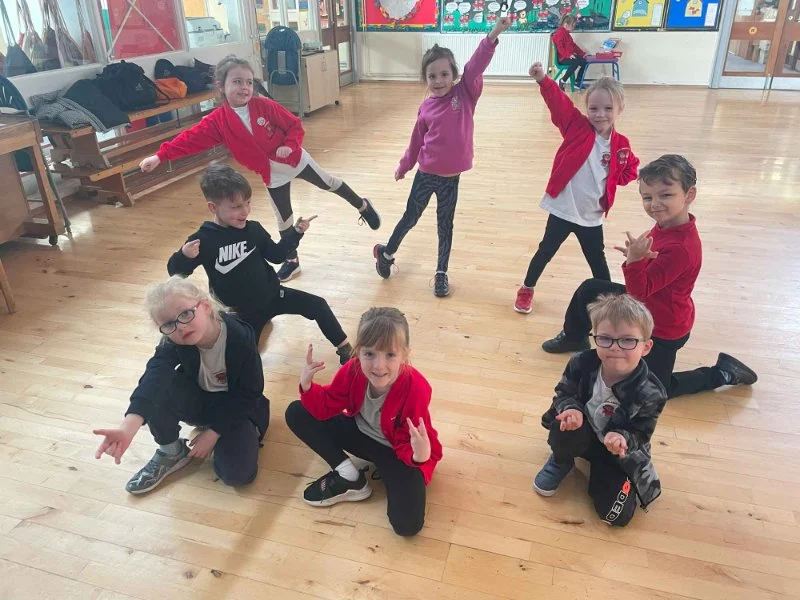
Do Schools Still Have Dances? The Tradition of School Dances Today
- 1. The History of School Dances
- 2. Why Do Schools Have Dances?
- 3. Do Schools Still Have Dances in Modern Times?
- 4. The Benefits of School Dances for Students
- 5. Real-Life Experiences: The Impact of School Dances
1. The History of School Dances
School dances have a long-standing tradition in many educational systems around the world. They have been part of school culture for over a century, providing students with opportunities to socialize, celebrate milestones, and express themselves through music and dance. Historically, these events were a way for students to connect outside the classroom, often marking significant events like the end of the school year, prom, or homecoming.
The early school dances were often formal gatherings, with students dressing up in their best attire and following strict social guidelines. Over time, these dances became more relaxed, evolving into the informal, fun events we know today, such as school formals, winter dances, and themed events.
2. Why Do Schools Have Dances?
School dances serve multiple purposes beyond just entertainment. They are an integral part of the social fabric of student life and provide several benefits:
1. Socialization Opportunities
Dances provide students with a chance to socialize outside the classroom in a fun and relaxed setting. They allow students to interact with their peers in a more informal way, helping them build friendships and improve their social skills.
2. Celebrating Milestones
Dances are often used to celebrate important events such as prom or homecoming, marking the end of the school year or the beginning of a new one. These events allow students to celebrate their achievements and create lasting memories.
3. Promoting School Spirit
School dances are also an opportunity to promote school spirit. These events often encourage students to participate in school activities, wear school colors, and engage with the broader school community, which fosters pride and a sense of belonging.
3. Do Schools Still Have Dances in Modern Times?
Yes, many schools still host dances, although the frequency, style, and nature of these events may have evolved over the years. While some schools continue to hold traditional events like prom or homecoming dances, others have expanded their offerings to include themed dances such as winter formals or seasonal parties. However, the extent to which these dances are held can vary by region, school size, and local culture.
In recent years, there has been a shift in how these events are organized. For instance, the rise of social media and digital communication has led to a more informal approach to dance invitations, and the focus has shifted from a formal event to more relaxed, fun social gatherings. Some schools may even host virtual dances or alternative events in response to changing student preferences or circumstances like the COVID-19 pandemic.
4. The Benefits of School Dances for Students
School dances offer numerous benefits, especially for students who are looking for social outlets and opportunities to express themselves. Some key benefits include:
1. Enhancing Social Skills
Dances encourage students to interact with their peers, improving their social skills and helping them learn how to communicate in social settings. This is particularly important for shy or introverted students, as it gives them a chance to step outside their comfort zone in a supportive environment.
2. Building Confidence
Attending or participating in school dances can boost a student’s confidence, especially when they dress up, take part in the activities, and engage with their peers. For many, it’s a memorable event that they look forward to, and the experience often helps them feel more self-assured.
3. Strengthening School Community
School dances contribute to a sense of community within the school. When students come together to celebrate, they strengthen their connections to the school and to each other. This can enhance the overall school culture and encourage more involvement in extracurricular activities.
5. Real-Life Experiences: The Impact of School Dances
School dances can have a profound impact on students' lives. Consider the story of Mia, a high school senior who was initially hesitant about attending her school’s prom. With the encouragement of her friends, she decided to go, and the experience turned out to be one of the best memories of her high school years. Not only did she make new friends, but she also felt more connected to her school community, boosting her confidence for future endeavors.
Similarly, for Jake, a sophomore in high school, attending his first homecoming dance was an eye-opening experience. It helped him break out of his shell, and he became more active in other school events, which helped him improve his leadership skills. Jake's involvement in planning school dances later helped him develop organizational skills that he still uses today.
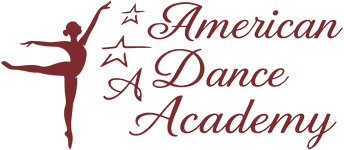
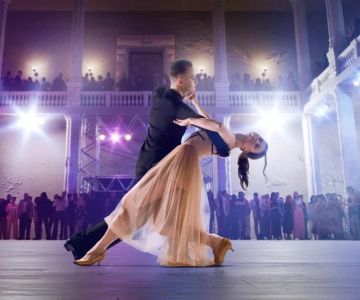
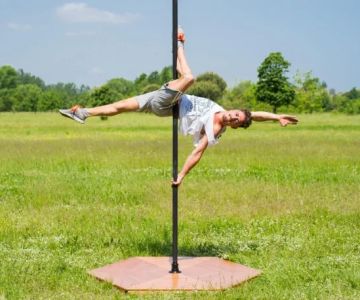
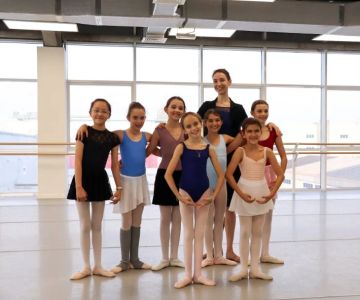
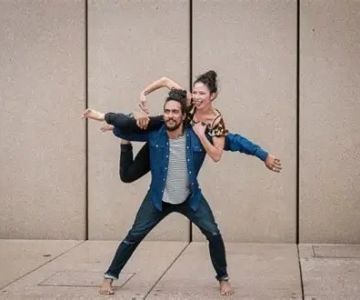

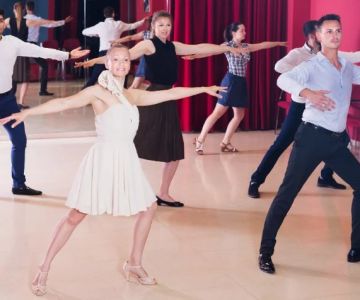
 Barrington Dance Academy5.0 (22 reviews)
Barrington Dance Academy5.0 (22 reviews)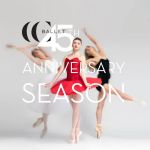 Canyon Concert Ballet4.0 (17 reviews)
Canyon Concert Ballet4.0 (17 reviews) Big City Dance Center LLC4.0 (25 reviews)
Big City Dance Center LLC4.0 (25 reviews)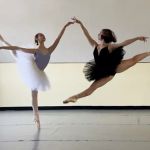 Tye Chua Dance & Kalamazoo Ballet5.0 (18 reviews)
Tye Chua Dance & Kalamazoo Ballet5.0 (18 reviews)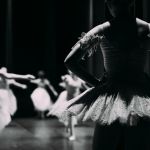 Fenton Ballet Theatre4.0 (24 reviews)
Fenton Ballet Theatre4.0 (24 reviews) Front Street Dance Center5.0 (7 reviews)
Front Street Dance Center5.0 (7 reviews) Are There Dances in Middle School? What Students and Parents Should Know
Are There Dances in Middle School? What Students and Parents Should Know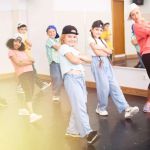 How a Dance School in Instagram Builds Community and Success
How a Dance School in Instagram Builds Community and Success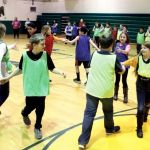 Why Do Schools Teach Square Dancing?
Why Do Schools Teach Square Dancing?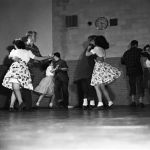 Why Was Square Dancing Taught in School?
Why Was Square Dancing Taught in School? Why Swing Dance Is Popular for Adults
Why Swing Dance Is Popular for Adults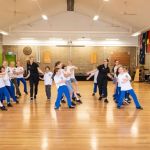 A School Dance: How to Prepare, Shine, and Make It Unforgettable
A School Dance: How to Prepare, Shine, and Make It Unforgettable